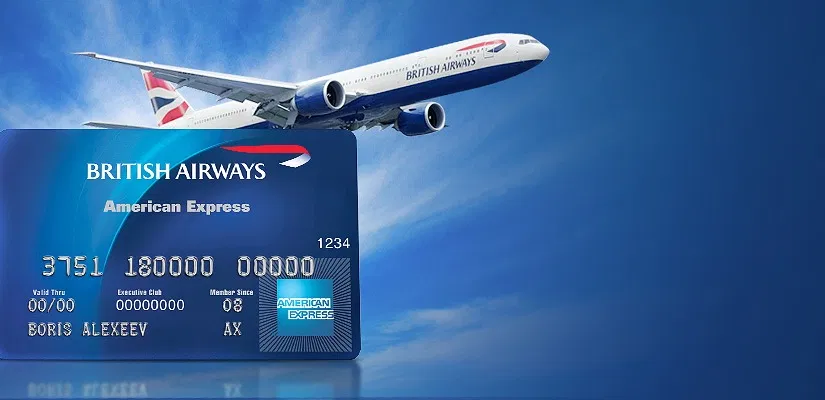How Covid killed the FFP spin-off concept

03 August 2020
It might be hard to recognise anything good in the current market, but there is at least one positive side effect: The last months have clearly shown that FFP spin-offs are a model of the past and that there are smarter alternatives for airlines to raise cash.
Most observers agree that Air Canada’s 180° move to reverse the spin-off of its Aeroplan program three years ago was the end of the spin-off concept for Frequent Flyer Programs. A concept, which even before never really managed to gain momentum as the negative impact became pretty quickly clear to almost anybody when looking at the Air Canada template.
But the unexpected Covid crisis nurtured new discussions about the potential of airlines spinning off their programs. Indeed, as literally each passenger airline around the world needed to secure cash to survive, the temptation of selling valuable assets was certainly there – pretty similar to the individual situation at Air Canada back in 2002.
Selling its FFP provides an immediate and considerable cashflow, which is hard to ignore, not only to the largest airlines, but also to many tier 2 and 3 carriers. But it is a one-time cashflow, cutting off the arms of the airline for future revenue generation.
That’s why several airlines have done their homework to look for alternatives. It is no secret that the credit card partnerships are the most valuable asset of Frequent Flyer Programs, often accounting for around 50% (or even more) of the program’s revenues. And IAG, with the backing of American Express, is only the latest example having leveraged that potential in the best interest of all parties involved.
In a nutshell, they’ve agreed with their co-branding partners an advance purchase plan, whereby the partner makes an advance payment for the number of miles they’d purchase anyway over the next 2-4 years. In the case of IAG, this summed up to a considerable cash amount of 750 million GBP, providing that much needed immediate cashflow.
In return, it can be assumed that the banking partners get a considerable discount on the price per mile and lock in the partnership for many years. Depending on the level of discount granted, this will more or less impact the profitability of the program for a few years – but, unlike with a spin-off, the remaining and any future profits stay with the airline. (Next to all the other, more strategic, benefits of keeping the program in-house).
The banking partners on their side support their key partners with such deals, which may have the potential to make the difference between survival and failure for them in the current situation. Obviously, the FFP co-brands are often among the most successful products within the card portfolio of a bank. There is hence a mutual interest that these relationships can continue, with the survival of the airline being the most basic condition towards that objective. At the same time, a lower price per mile translates into an improved profitability for the banks.
The only risk really involved for the banks, which might not have been fully addressed though – next to the remaining risk that the airline fails nevertheless, of course -, is that they bet on the continued popularity and attractiveness of these cards or rather of the currency and FFPs as such. As expressed in my previous blog, there can though be some serious doubts raised about that aspect if airlines don’t reconsider some practices, which often have never been questioned for decades. Banks would therefore be well advised to include clauses to such agreements granting them certain control about the direction of programs, in the same manner as governments impose certain conditions on granting loans or bailouts to airlines, influencing how airlines can develop.
As we are seeing the light at the end of the tunnel, the good news is that the virus didn’t manage to kill a certain mid-term vision at airlines and not a single airline was pushed towards an error like raising cash through selling its FFP. But with the need for cash not yet being over for everybody, any airline should be warned to give in to that temptation for simple cash. Especially as the market has developed smarter models, there is an obvious risk that such move would be interpreted as move of final desperation, with the airline/FFP losing all remaining credibility and trust in the marketplace.
As all airlines have though protected their FFPs in such a laudable and remarkable manner during these most difficult times in the aviation history until here, it is now up to the FFPs to pay back their share to their parent airlines by helping them to get the right customers at the right price back onto the planes – before they may change their mind about the strategic value of the programs nevertheless. „Non-core assets“ will definitely still be up for sale at many airlines. The continued interest of anybody is that no management or board would ever view the FFP as such non-core asset.







